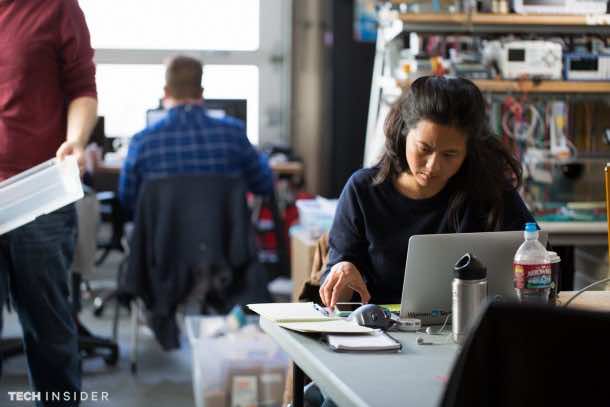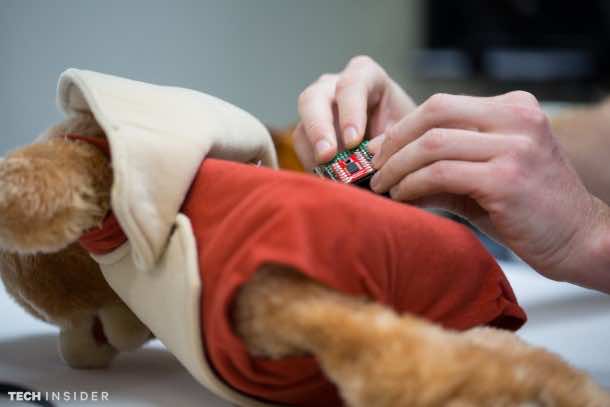Next Thing Co. had one of the most amazing Kickstarter stories of this year with more than 2 million $ pledged by backers around the world. Now we know that the CHIP used a basic processor, RAM, ROM and a collection of useful ports to appeal to the customers. I doubt that hundreds of thousands of these backers have simply purchased it just to have the “next cool thing” in tech as there are plenty of uses where CHIP can actually help make things cheaper and easier to make. Here is how.

CHIP was actually a product born from a previous gadget from the CEO of Next Thing Co.’s CEO Dave Rauchwerk that was essentially a GIF-generating camera. Although the product was really good, the costs unnecessarily drove up due to the popular Raspberry-Pi system in place that cost almost 35 $ for each camera and as a result, the camera priced @ 250 $ and thus a little out of range for an impulse buy, though quite fun as a whole. So, initially for his camera, the team went to work for making the cheapest computer ever to incorporate in their camera.

But, when they found out that the 9 $ computer could do wonders for the embedded systems and other fields, they decided to market it as a separate product. It is powered by Linux operating system, 1-GHz processor, 512 Megabytes of RAM and four gigabytes of storage. This doesn’t seem much, but small inventors and innovators throughout the world can use it best for fast-tracking their projects into reality. Already, the marketing department of the company shows how people plan to make weather stations, water tank level monitors, electronic props for cosplay outfits, indie arcade machines, drones, and more, all powered by the $9 CHIP. It will also be used in the future products for the company as it will continue to develop it for the future. We don’t really know what the company is cooking right now, but their diverse human resource-laden team speaks for itself with a particle physicist, a comic book artist, an animatronics specialist and an architect as well as other talented people present in the team of 15 people.
Maybe they’ll make a 30 $ tablet in the coming years!


